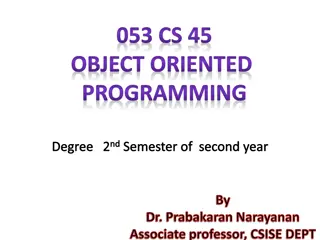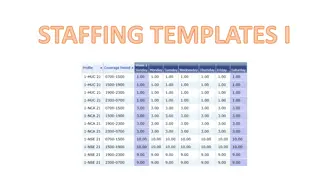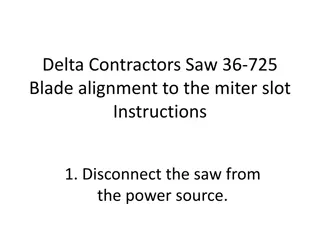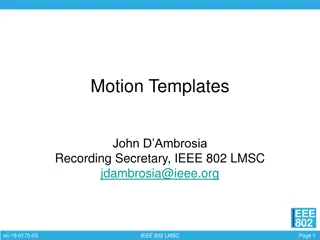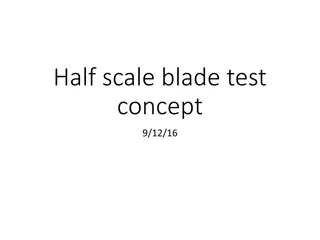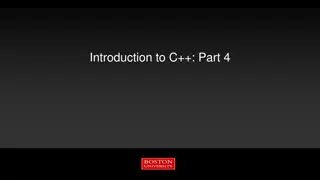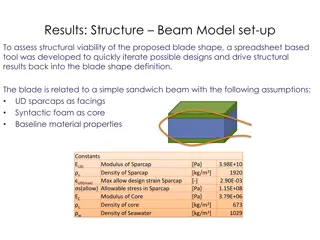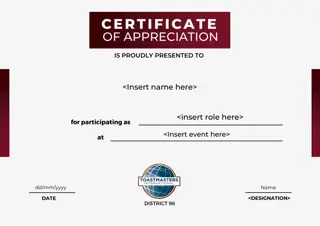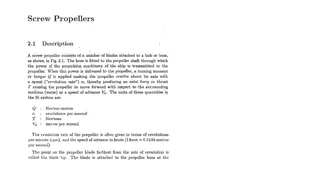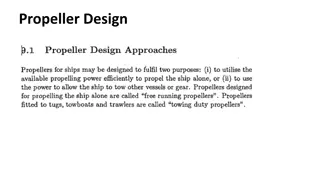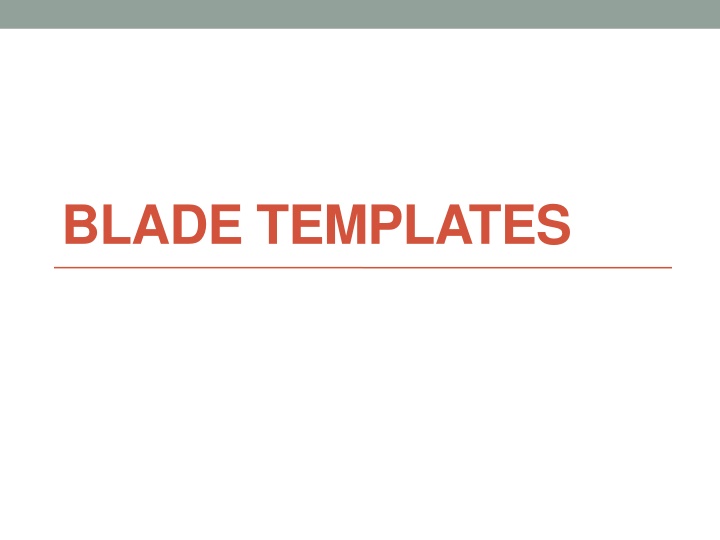
Blade Templates in Laravel
Blade is a simple yet powerful templating engine included in Laravel, allowing for dynamic content display, data manipulation, and conditional rendering. Learn how to leverage Blade directives, loops, and if statements efficiently in your Laravel projects.
Download Presentation

Please find below an Image/Link to download the presentation.
The content on the website is provided AS IS for your information and personal use only. It may not be sold, licensed, or shared on other websites without obtaining consent from the author. If you encounter any issues during the download, it is possible that the publisher has removed the file from their server.
You are allowed to download the files provided on this website for personal or commercial use, subject to the condition that they are used lawfully. All files are the property of their respective owners.
The content on the website is provided AS IS for your information and personal use only. It may not be sold, licensed, or shared on other websites without obtaining consent from the author.
E N D
Presentation Transcript
Introduction Blade is the simple, yet powerful templating engine that is included with Laravel. Blade template files use the .blade.php file extension and are typically stored in the resources/views directory.
Displaying Data You may display data that is passed to your Blade views by wrapping the variable in curly braces. For example, given the following route: Route::get('/', function () { return view('welcome', ['name' => 'Samantha']); }); You may display the contents of the name variable like so: Hello, {{ $name }}.
Blade Directives Blade directives are short PHP snippets that are used to extend the functionality of Blade templates. They are prefixed with an '@' symbol and can be used to perform a variety of tasks, such as: Conditional logic: The @if and @else directives can be used to conditionally render output. Loops: The @foreach and @forelse directives can be used to loop through collections of data. Including other views: The @include directive can be used to include the contents of another view file. Rendering expressions: The @php and @endphp directives can be used to render PHP expressions.
Loops Blade provides simple directives for working with PHP's loop structures. @foreach ($users as $user) <p>This is user {{ $user}}</p> @endforeach @forelse ($users as $user) <li>{{ $user}}</li> @empty <p>No users</p> @endforelse
If Statements You may construct if statements using the @if, @elseif, @else, and @endif directives. @if (count($records) === 1) I have one record! @elseif (count($records) > 1) I have multiple records! @else I don't have any records! @endif
If Statements(contd.) In addition to the conditional directives already discussed, the @isset and @empty directives may be used as convenient shortcuts for their respective PHP functions: @isset($records) // $records is defined and is not null... @endisset @empty($records) // $records is "empty"... @endempty
Switch Statements Switch statements can be constructed using the @switch, @case, @break, @default and @endswitch directives: @switch($i) @case(1) First case... @break @case(2) Second case... @break @default Default case... @endswitch
Now Some Practical of blade directives Step 1 Make a Controller using Artisan php artisan make:controller UserController Step 2 Make a route in web.php and don t forget to include the UserController in web.php Route::get('/profile', [UserController::class,'showProfile']);
Step 3, Now in UserController class lets define the function showProfile() public function showProfile() { $username = 'Mr Stark'; $isAdmin = true; $items = ['Item 1', 'Item 2', 'Item 3']; return view('profile', compact('username', 'isAdmin', 'items')); }
Step 4- define a view in resources/view folder profile.blade.php <!DOCTYPE html> <html> <head> <title>User Profile</title> </head> <body> <h1>Welcome to your profile, {{ $username }}</h1> @if($isAdmin) <p>You are an administrator.</p> @else <p>You are not an administrator.</p> @endif <ul> @foreach($items as $item) <li>{{ $item }}</li> @endforeach </ul>
<hr> <h2>Additional Blade Directives:</h2> {{-- @unless directive --}} @unless($isAdmin) <p>You don't have admin privileges.</p> @endunless {{-- @empty directive --}} @empty($additionalData) <p>Additional data is empty.</p> @endempty {{-- @for directive --}} <h3>Looping with for</h3> <ul> @for($i = 1; $i <= 3; $i++) <li>Iteration {{ $i }}</li> @endfor </ul> {{-- @include directive --}} {{--<h3>Including Sub-Views:</h3> @include('partials.footer')--}} {{-- Blade Comments --}} {{-- This is a Blade comment --}} </body> </html>
What file extension is typically used for Blade template files in Laravel? a) .php b) .blade.php c) .tpl d) .view
What file extension is typically used for Blade template files in Laravel? a) .php b) .blade.php c) .tpl d) .view
How can you display a variable named $name in a Blade template? a) Hello, $name. b) Hello, {!! $name !!}. c) Hello, {{ $name }}. d) Hello, {{$name}}.
How can you display a variable named $name in a Blade template? a) Hello, $name. b) Hello, {!! $name !!}. c) Hello, {{ $name }}. d) Hello, {{$naame}}.
Which symbol is used to prefix Blade directives in Laravel? a) # b) $ c) ! d) @
Which symbol is used to prefix Blade directives in Laravel? a) # b) $ c) ! d) @
How do you create a loop in a Blade template to iterate through an array called $users? a) @for ($user in $users) b) @foreach ($user as $users) c) @loop ($users as $user) d) @foreach ($users as $user)
How do you create a loop in a Blade template to iterate through an array called $users? a) @for ($user in $users) b) @foreach ($user as $users) c) @loop ($users as $user) d) @foreach ($users as $user)
Which Blade directive is used to check if a variable is set and not null? a) @isset b) @empty c) @ifset d) @nullcheck
Which Blade directive is used to check if a variable is set and not null? a) @isset b) @empty c) @ifset d) @nullcheck
Which Blade directive is used for executing a loop with a defined number of iterations? a) @while b) @loop c) @for d) @foreach





